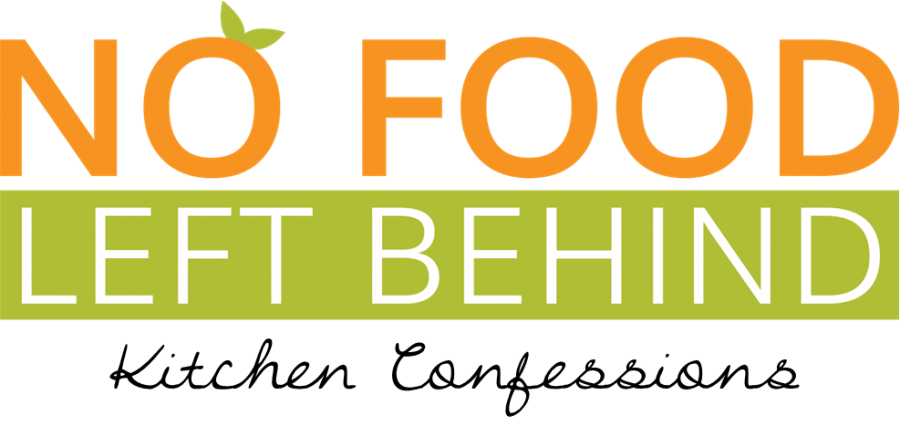Greetings, Conscientious Food Consumers!
After an unsettling start to this New Year, I’m finding a lot of comfort in the kitchen these days. (Not just while snacking!) And it’s in my spice cupboard.
When was the last time you savored the simple delight of homemade spiced apple cider (also known as wassail)? Ginger, cinnamon, nutmeg and clove, simmering in a pan of apple juice with citrus and sweetener… The mixture diffuses a lovely aroma in the home, and a fragrant, soothing mug of the stuff will fix you up right on a winter’s day.
Oh, and I used up a half-bottle of apple juice from my fridge’s “Eat First!” shelf making it!
That’s how I recently developed a fresh interest in herbs and spices: those magical bits of berry, bark, leaf, flower and root — many from exotic, faraway places — that we humans have used since ancient times for food preparation and enjoyment, healing, cosmetics, trade and ceremony. The history of spice is epic!
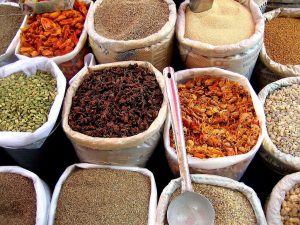
The aromatics, colors and variety of herbs and spices are intrinsically comforting, don’t you think? Here’s a searchable, comprehensive list of herbs, spices and seasonings, along with their culinary properties and countries of origin.
Properly employed, the magic of spice and herbs — particularly when they’re fresh or well-preserved and stored — can help you waste less food and save $$$ every day, every meal! Spice magic can inspire you to raid your own pantry and use up everyday staples like rice, beans, pasta and canned goods, and whatever’s in your Eat First areas.
With inspiration from spice allies like cumin, ginger, garlic, curry, red chili oil and paprika, I’ve explored some delightful variations on fried rice.
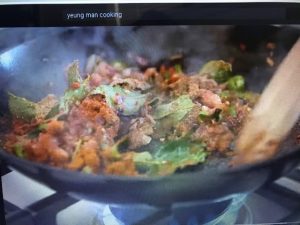
Of course, this blog is not really about “the joy of cooking with spices”… it’s about not wasting what went into each one of those little bottles of flavor: all that agricultural water, energy and human labor; industrial packaging and transportation (fuel) in supply chains across multiple countries. Not to mention all the $$$ you spent stocking your herb and spice cabinet!
Depending on your tastes, using spice can be EXPENSIVE! So here’s a few tips for keeping those spices spicy and ready for use in your 2021 meal plans:
- HOW LONG DO SPICES LAST? It’s true spices don’t spoil like other types of food, but over time they will lose their fresh “flavor profile” (as I have discovered, see below!), and have less of an effect in a dish. So pay attention to those “Use By/Best By” dates on the containers. A variety of factors influence a seasoning’s potency, so check the details at StillTasty.com.
- BUY JUST WHAT YOU NEED for special dishes (or strictly-occasional use) by shopping the bulk spice and herb bins at the Co-op, Winco, or other stores in our area. You’ll find a great selection and save $$$ too!
- For the best flavor retention, BUY WHOLE SPICE/HERB products (for example, nutmeg), then grind or grate them just before usage.
- Follow the lead of most herb/spice manufacturers: store bulk-purchased or homegrown seasonings IN GLASS CONTAINERS to preserve the freshness, properly labeled, away from heat and light sources.
- DON’T FREEZE spices, but some herbs can be frozen in ice cube trays in water or oil.
Also keep in mind the global carbon footprint of spice. Many of our favorites come to our kitchens from far away, like India (a principal export country), the Middle East, Southeast Asia, and the Caribbean. The nutmeg and cinnamon I used in my spiced cider probably came from Indonesia, Vietnam or Sri Lanka! So there’s a huge supply chain and expenditure of energy involved to get those flavors into our kitchens.
While many of our favorite herbs also originated on other continents, they’ve adapted to cultivation in North America. So your favorite packaged or fresh herbs are easily sourced locally and thus have a smaller carbon footprint: garlic, mint, basil, parsley, sage, rosemary, thyme, to name just a few. Or you can grow your own!
*****
Now here’s our first Kitchen Confessions for 2021:
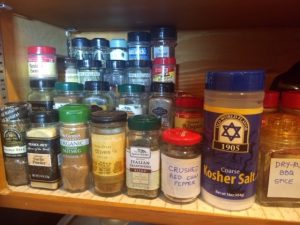
KAREN CONFESSES:
Now that I’m cooking more regularly, I’m noticing when my use of spice doesn’t have the intended effect (not as tasty, perhaps not spicy enough)! Although I’m sometimes over-cautious with my use of seasoning, it’s more likely due to the condition of those spices.
Recently I discovered a few three year-old spice bottles whose powdered contents had turned to hard-cake or failed the smell test. Worse yet, I also had a jar of non-expired Japanese gomasio seasoning with what looked like cobwebs inside — eeeeww!
I also found two near-full bottles of vanilla extract (oops!) that are still fine.
$$ WASTED: Around $10 (guessestimate based on current prices) for the wasted portions in three bottles.
LESSONS LEARNED:
- Take my own advice above and buy bulk spices, storing them in glass containers.
- No “clearance” spice purchases, unless I plan on cooking regularly with them!
- Shop my pantry first! Use up the older bottle of vanilla asap by moving it to the front of the spice cabinet, or give it away to a friend, neighbor or family member who can make use of it.
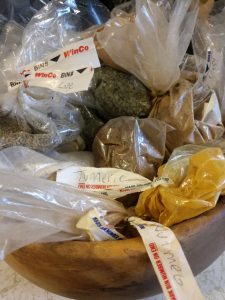 JEANETTE CONFESSES:
JEANETTE CONFESSES:
Many times we have bought bulk spices like turmeric or nutmeg, only to come home and realize we already had some in the pantry. That bowl o’bagged spice magic makes it hard to “shop the pantry first” because it’s hard to identify what’s there.
LESSONS LEARNED: Start transferring these beautiful flavors into the glass jars pictured after shopping. Many of those jars need to be emptied into compost and started over because their contents are older and flavorless.
Come up with better labeling for the jars, too — clear tape with sharpie is barely noticeable and faded over time.
$$ WASTED: Probably around $10, once I sort and dump ye olde spices.
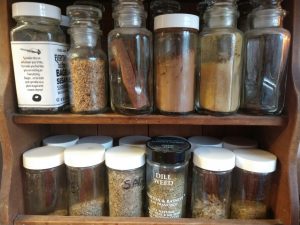
Here’s to all that good spicy-ness in 2021!
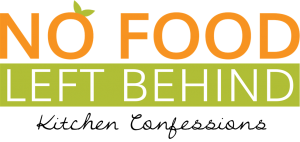


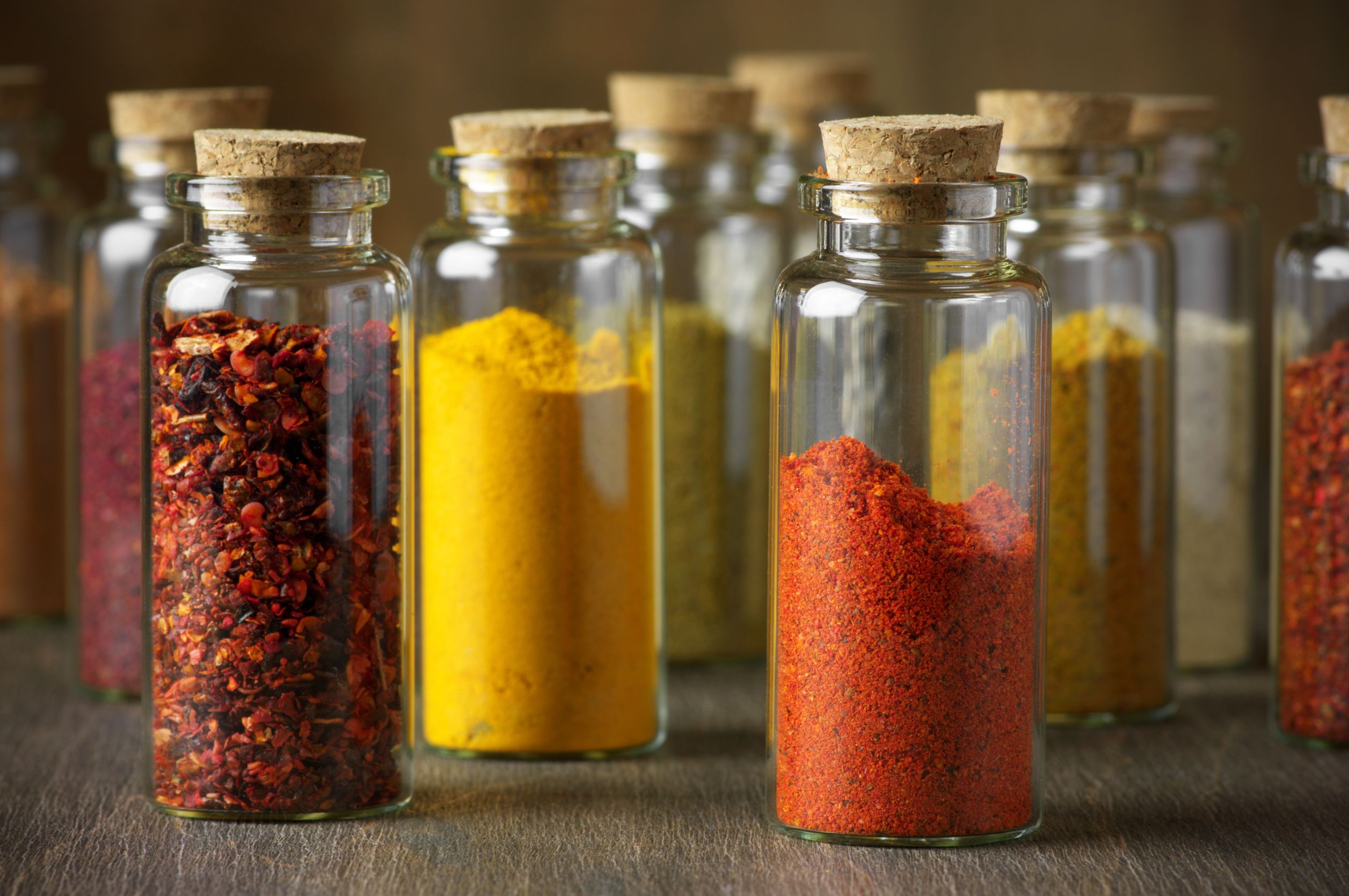
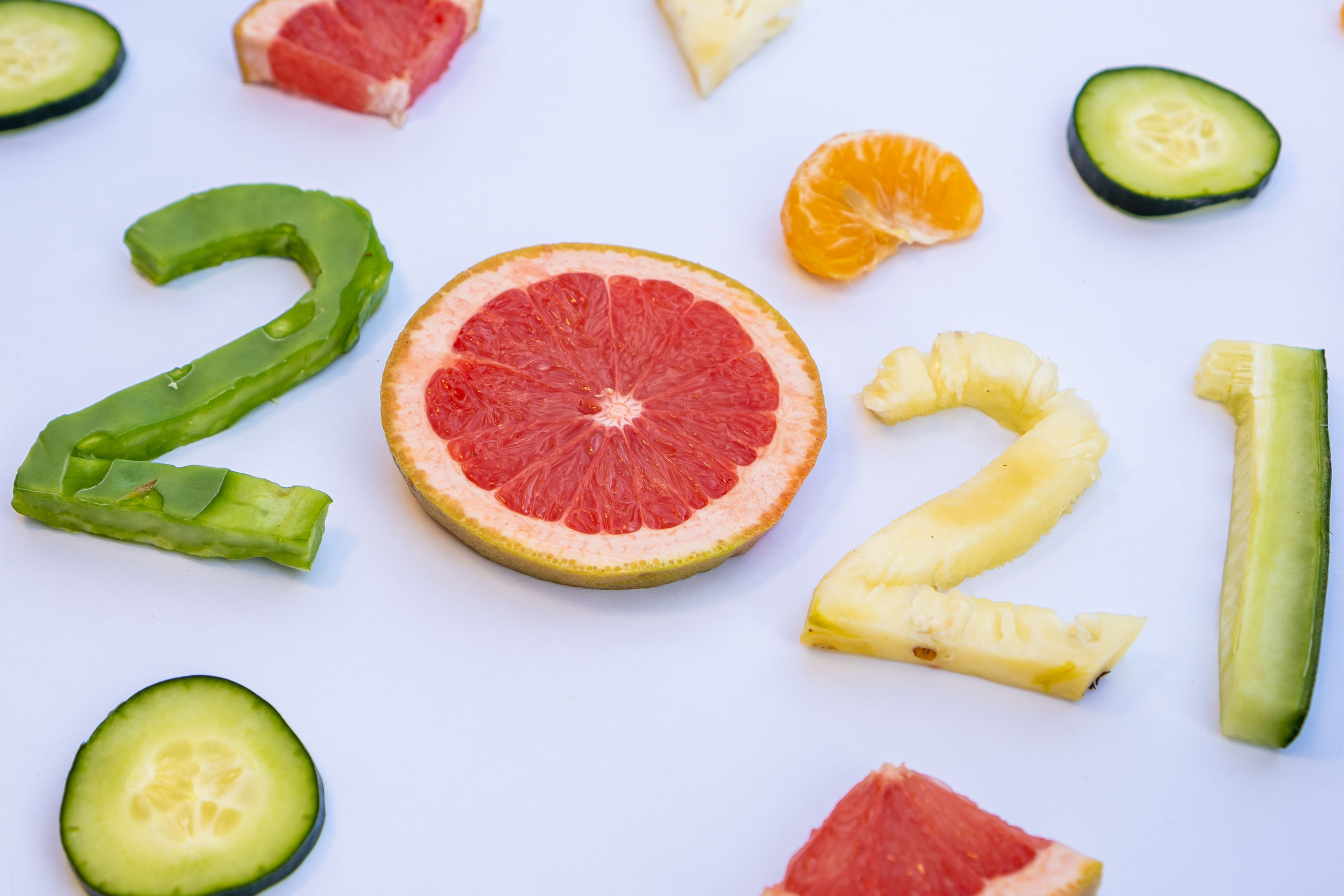
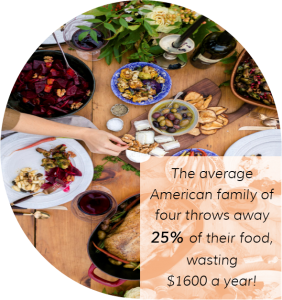
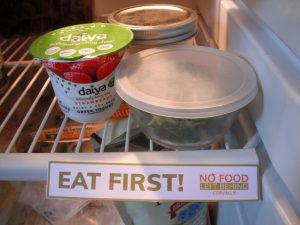
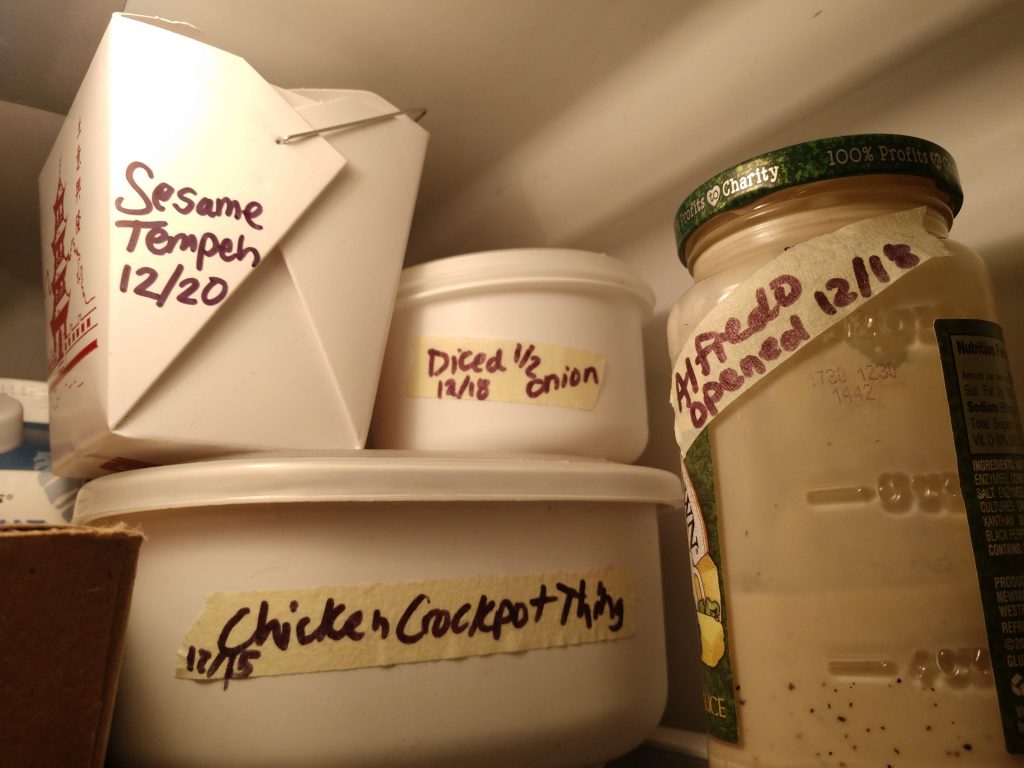

 In 2017,
In 2017, 